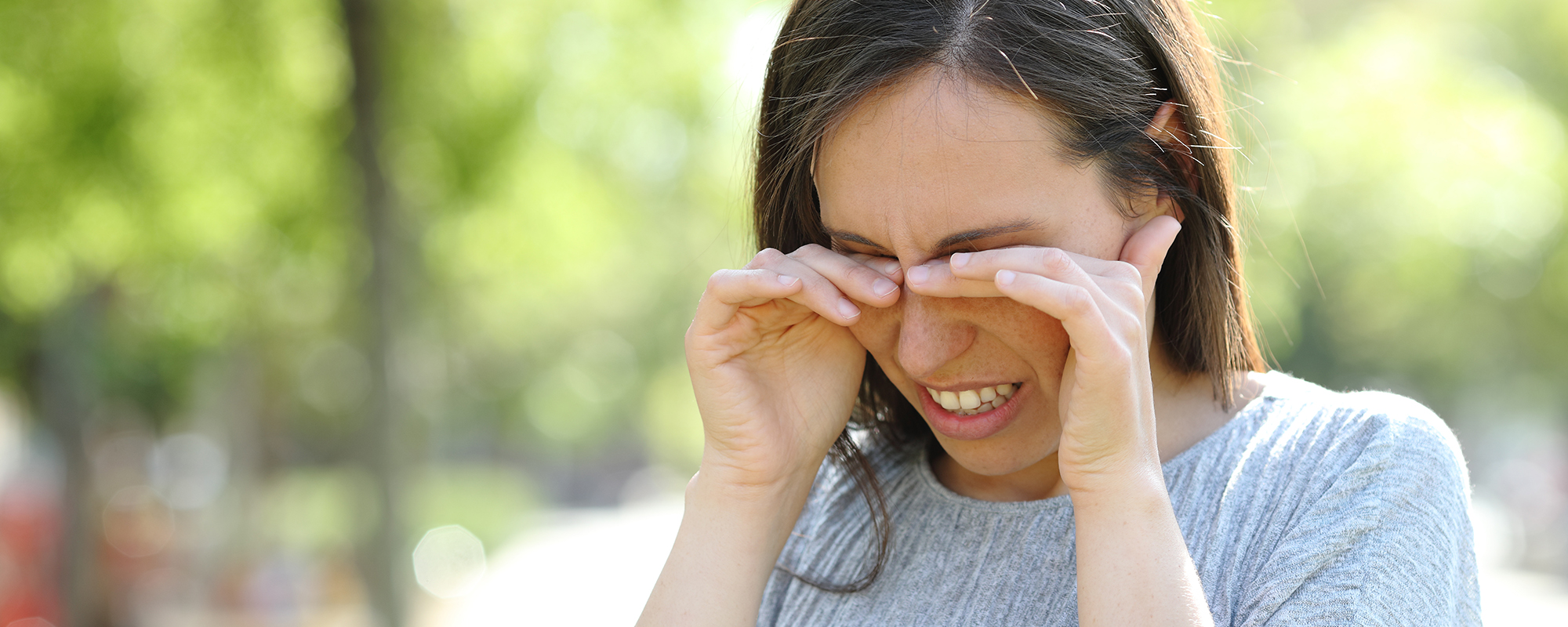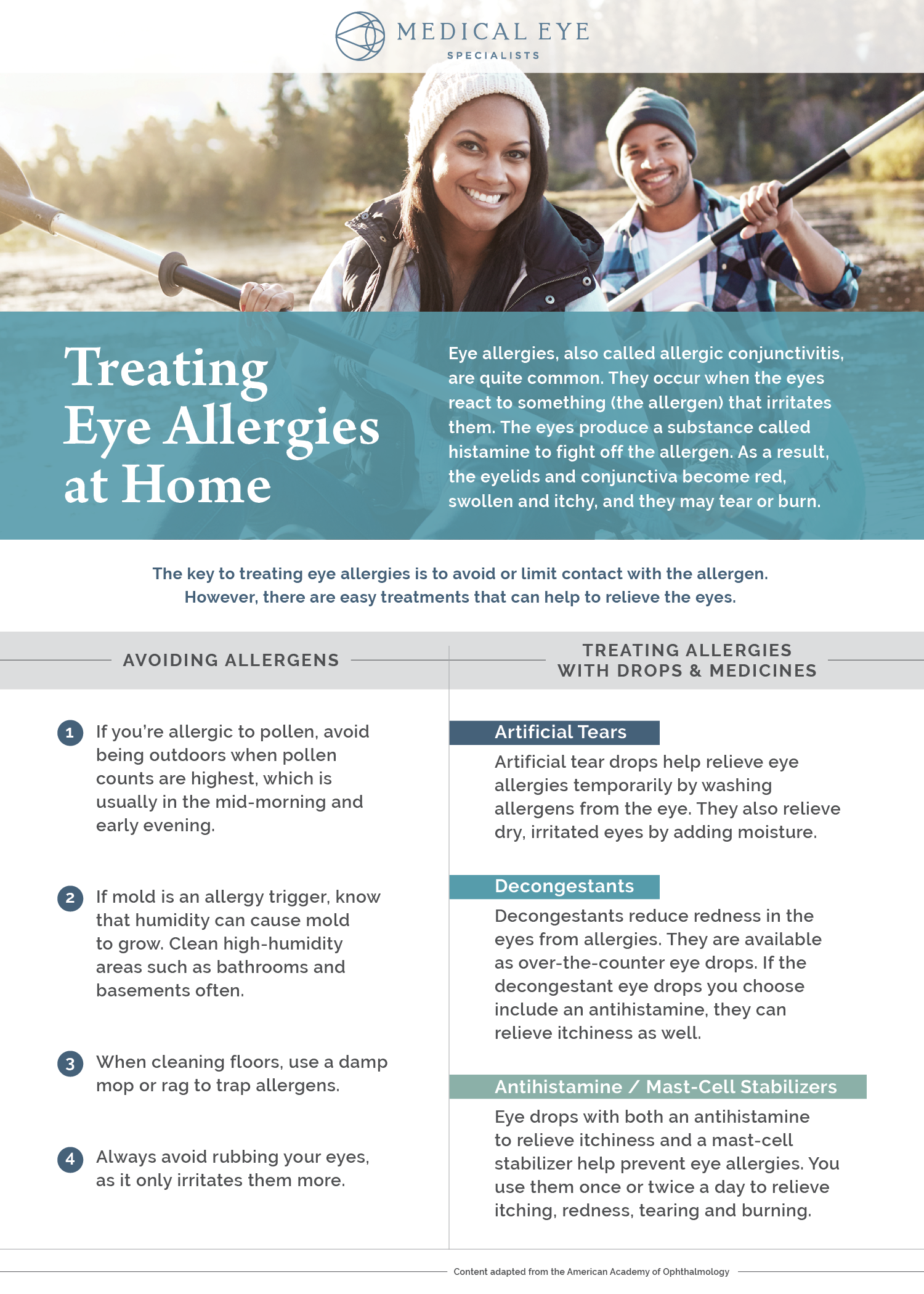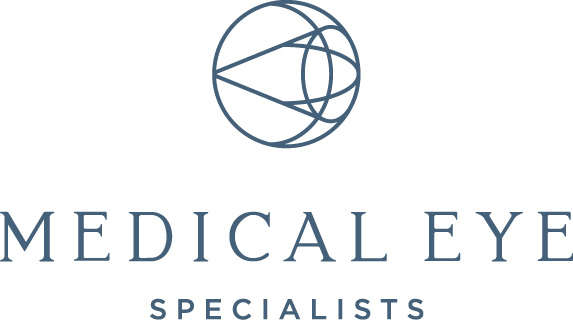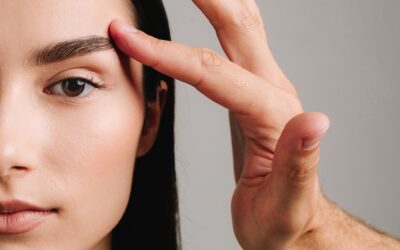
How to Treat Eye Allergies at Home
Eye allergies, also called allergic conjunctivitis, are quite common. They occur when the eyes react to something that irritates them (the allergen). The eyes produce a substance called histamine to fight off the allergen. As a result, the eyelids and conjunctiva become red, swollen and itchy, and they may tear or burn.
The key to treating eye allergies is to avoid or limit contact with the allergen. However, there are easy treatments that can help to relieve the eyes.

Avoiding Allergens
If you’re allergic to pollen, avoid being outdoors when pollen counts are highest, which is usually in the mid-morning and early evening.
If mold is an allergy trigger, know that humidity can cause mold to grow. Clean high-humidity areas such as bathrooms and basements often.
When cleaning floors, use a damp mop or rag to trap allergens.
Always avoid rubbing your eyes, as it only irritates them more.
Treating Allergies with Drops & Medicines
Artificial tears
Artificial tear drops help relieve eye allergies temporarily by washing allergens from the eye. They also relieve dry, irritated eyes by adding moisture.
Decongestants
Decongestants reduce redness in the eyes from allergies. They are available as over-the-counter eye drops. If the decongestant eye drops you choose include an antihistamine, they can relieve itchiness as well.
Antihistamine / Mast-Cell Stabilizers
Eye drops with both an antihistamine to relieve itchiness and a mast-cell stabilizer help prevent eye allergies. You use them once or twice a day to relieve itching, redness, tearing and burning.
Adapted from the American Academy of Ophthalmology
Comprehensive Eye Care
From routine eye care to medical and surgical eye treatment, our ophthalmologists and optometrists are focused on your vision and the health of your whole eye.



